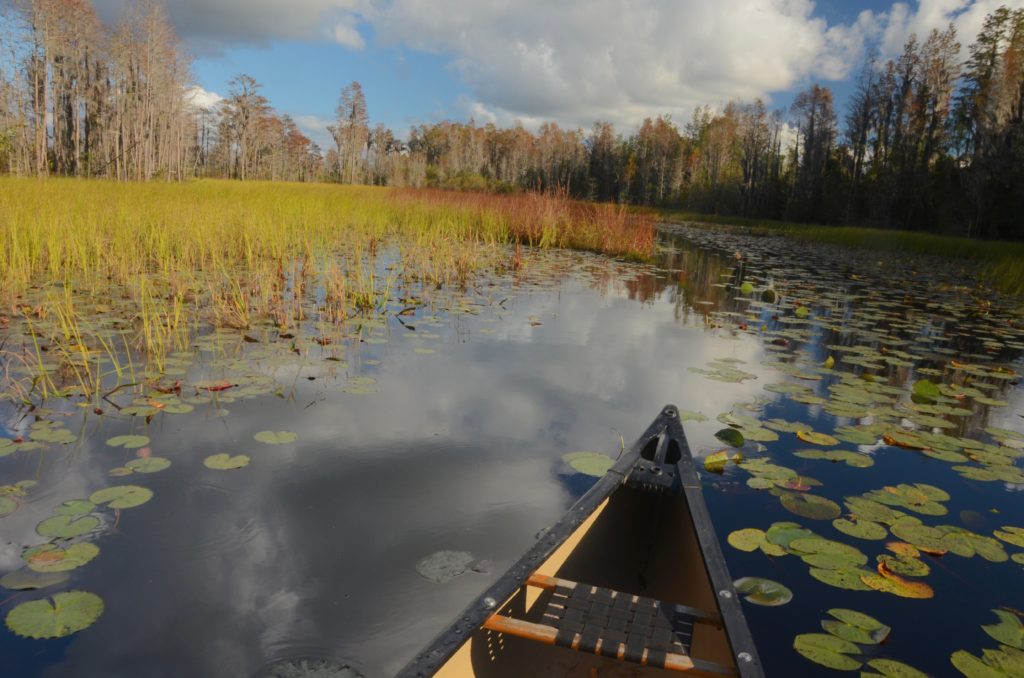The conservation community needs to lean into mentorship.
Recently, I had the opportunity to engage with the mentorship cohort of Next 100 Colorado while on a conservation tour in the San Luis Valley of Colorado. Inspired by the 100th anniversary of the National Park Service, the Next 100 Colorado focuses on workforce diversity across conservation and outdoor recreation, ensuring equitable access for all people, and using the outdoors to tell accurate, complex, uplifting and healing stories about Colorado lands. The mentorship cohorts are intended to provide community for underrepresented individuals in conservation as well as guidance for mentees who are within the first five years of their conservation career. The conservation trip took place on July 18-19 and consisted of five mentees and four mentors (or members) of Next 100 Colorado.
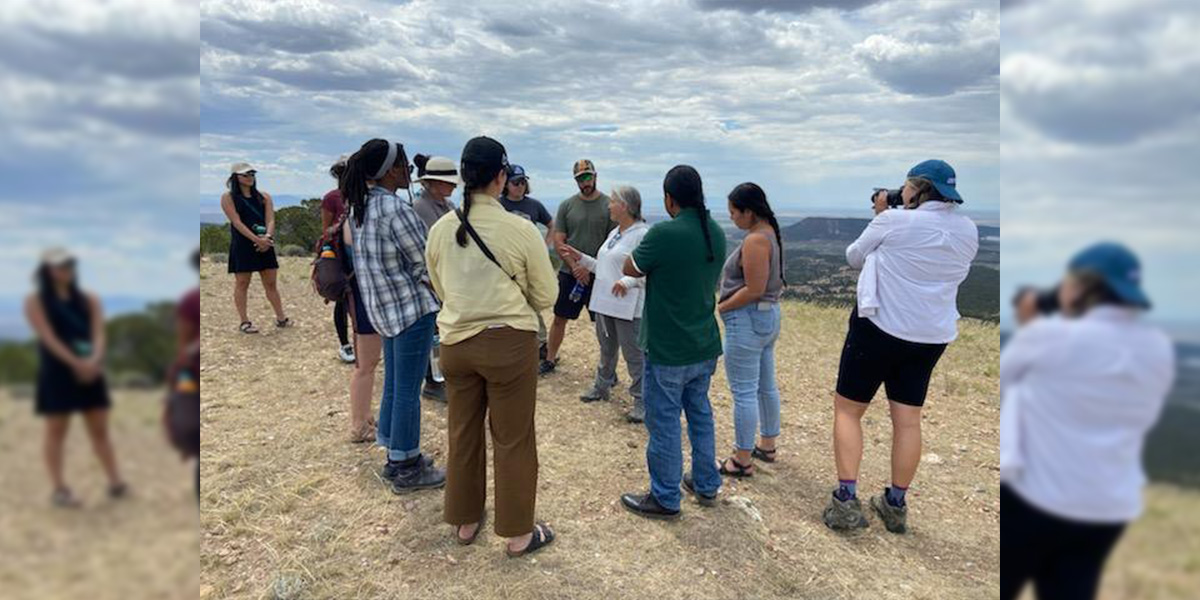
On this trip both mentors and mentees were able to learn about the complexity and history of Spanish and Mexican land grants as well as private land conservation in Southern Colorado. On a ranch tour we were able to see conservation at a landscape level as the ranch was taking significant efforts to reduce fuel loads across the semi-desert shrubland to the montane forest ecosystems. This would help ensure that the next fire on the landscape isn’t catastrophic but rather beneficial. Fire has evolved with these ecosystems and during our tour we learned how indigenous tribes utilized fire to maintain healthy forests and create quality hunting areas for themselves. We ended the trip by visiting and camping at the Great Sand Dunes National Park, which was a first for many of the participants.
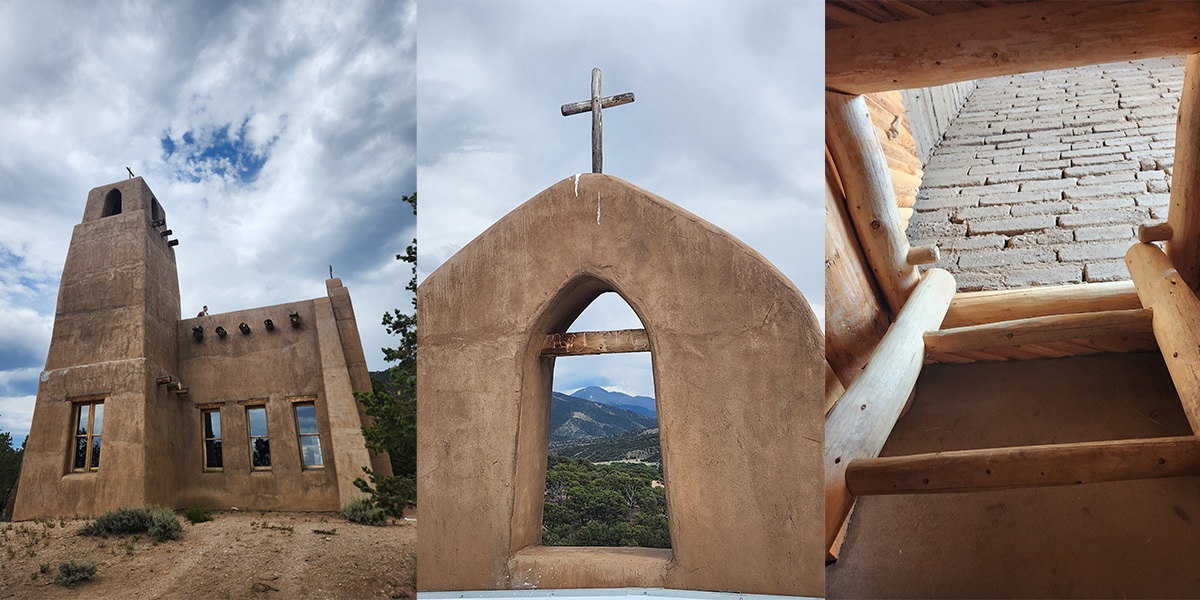
The experience was tremendous. It fostered camaraderie and community amongst the group as we broke bread together, learned about new people, and shared new experiences as a team. Together, we learned that a key to making any camping trip successful is being familiar with the tent you are bringing, and if you are setting it up for the first time, try to do it in the daylight hours. We overcame this obstacle together and left with the valuable lesson that there is nothing worse than setting up a tent for the first time in the dark.
While reflecting on this trip, I have spent time thinking of all the mentors and influential individuals who chose to share their time and talents to help shape me and my journey. Those who guided me range from family members to teachers and coaches to coworkers. I can personally attest that conservation needs to lean into mentorship as it is a powerful tool for passing on knowledge, skills, and experience. As demographics shift in the U.S. it is important that our conservation community engage and provide mentorship to underserved communities so that future generations know the importance of protecting our natural resources now and for future generations to come. Currently Hispanic and Latino children make up 50% of the U.S. population 18 years old and younger and we need to be intentional in how we connect with them.
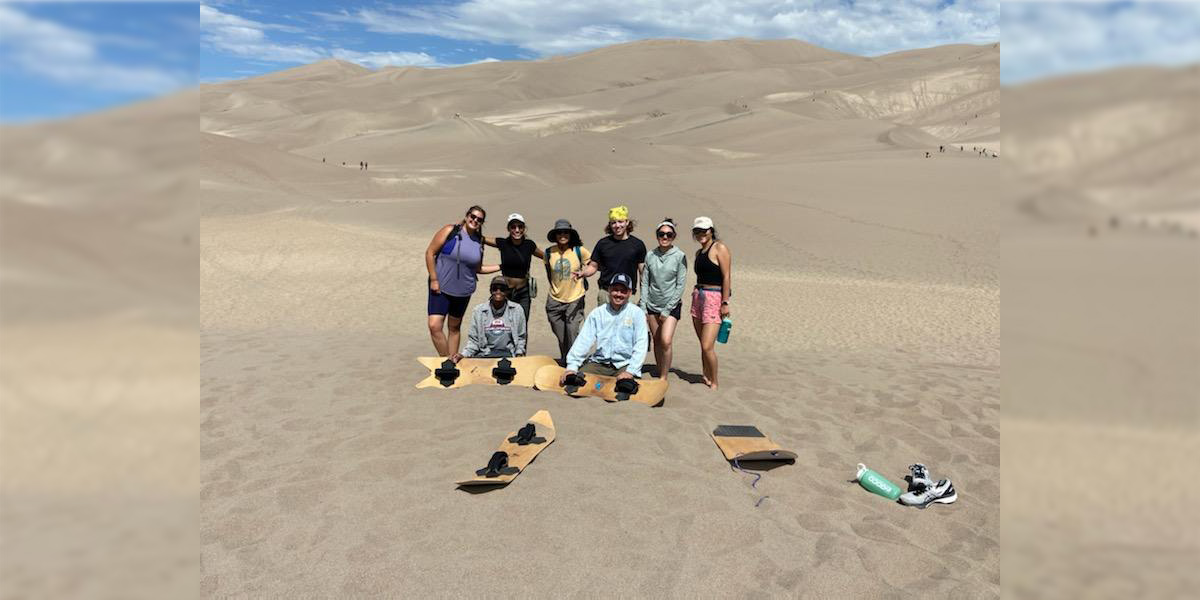
Hunting and angling mentorship is important for introducing new people to the sport and our conservation ethos. It teaches the necessary safety and ethical practices while helping develop a lifelong passion for the outdoors. National R3 programs (Recruitment, Retention, and Reactivation) exist to increase participation in hunting, shooting sports, and fishing and have a strong focus on mentorship. To date, many states and organizations have implemented similar mentoring programs to help grow the hunting community as well.
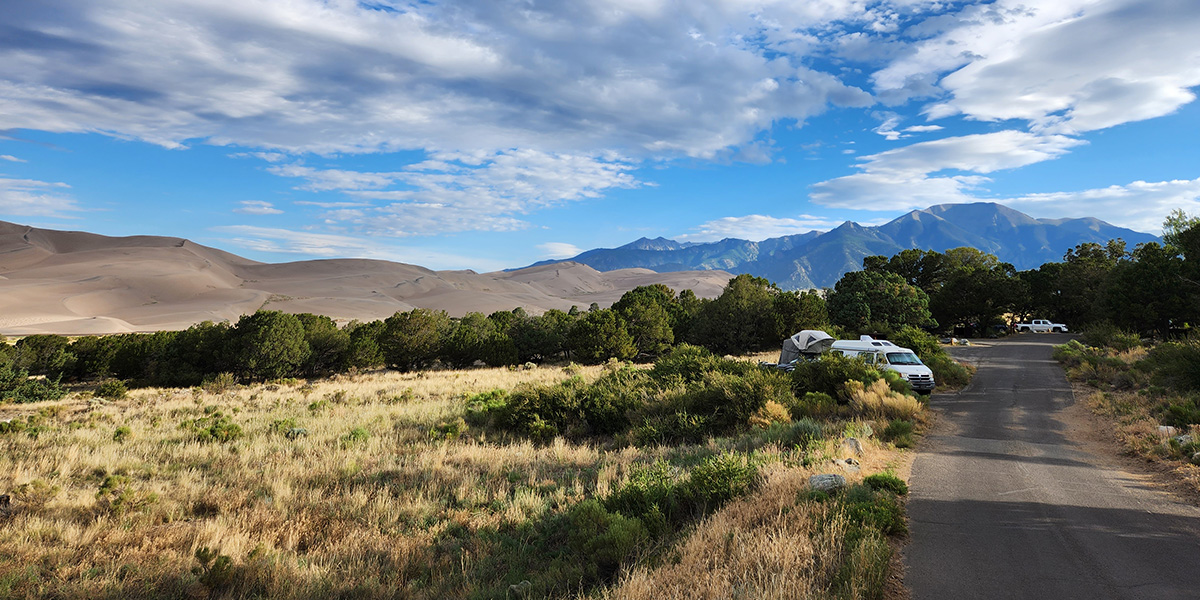
Two additional organizations that have leaned into mentorship are the Minority Outdoor Alliance and Pheasants Forever/Quail Forever. Together, they are engaging new and diverse audiences to build a multicultural upland hunting community. The Learn to Hunt experience is designed to provide opportunities for novice minority hunters to form strong authentic bonds in the field and around the campfire. These events provide knowledge, skills, and an introduction to hunting through education and interaction with instructors in a controlled setting. The desired outcome is that participants gain the confidence and support they need to further pursue their outdoor interests and stay connected well after the event.
As conservationists, let’s keep leaning into the mentorship challenge and extend the olive branch to our kids, friends, neighbors, coworkers, and greater community just as our mentors did for us. I encourage you all to participate in your state wildlife agency’s mentorship programs or take a mentorship pledge like I did this year with Pheasants Forever.


